
Though often referred to as yoshoku – a Western-style dish – bread has a long history in Japan, dating back to the arrival of Portuguese traders in Nagasaki prefecture in the mid-16th century. The Japanese word for bread – pan – reflects these origins and stems from the Portuguese 'pão'.
Bread flourished in the Meiji era (1868-1912), a period known for rapid development and westernization, a popularity which coincided with the introduction of anpan – sweet buns stuffed with red bean paste known as anko. These Japanese twists on western food traditions have made bread increasingly popular throughout the country – so much so in 2011 household sales of bread were reportedly higher than rice for the first time in recorded history.
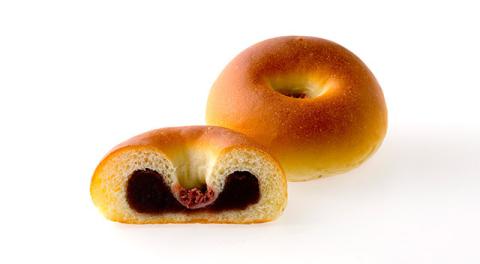
Anpan
Anpan typically refers to round bread buns stuffed with anko – sweet red bean paste, which is usually mashed to a smooth consistency or left with a little texture. The first ever anpan is credited to Kimuraya Sohoten, a bakery in Tokyo's Ginza district, which developed a particular type of dough thought to please the Japanese palate, using sake yeast in favor of wheat yeast. Anko is a common feature of Japanese sweets and desserts, meaning the inclusion of the paste in sweet breads was a straightforward step for Kimuraya Sohonten's bakers, who presented their creation to Emperor Meiji in 1875. Chindonya marching bands helped spread word of the bakery's creation, cementing anpan's popularity around the country. The bakery still stands, serving their generously stuffed anpan today.

Shokupan
Shokupan translates quite simply as 'food bread' – a name which reflects its development during the Occupation era, when powdered milk and imported wheat became a cheap dietary substitute. These simple style loaves tend to be soft, fluffy and are served cut into thick slices, and are a staple feature on the shelves of convenience stores, bakeries and supermarkets up and down the country. Shokupan is also commonly featured on the menu at kissaten coffee shops – where it is served toasted and topped with a simple square of butter as part of a 'morning toast set'. A more elaborate version, Shibuya Honey Toast, is a large, warm shokupan with a variety of toppings including ice-cream, cream and fruit, and is served in countless cafes in its namesake district in Tokyo.
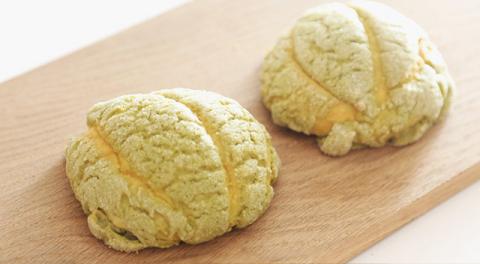
Melon Pan
Melon pan is the name given to large, round sweet buns with a crispy, cookie-like topping. Rather than alluding to flavor, the name of these buns reflects the decoration on top and the green coloring which is sometimes added, thought to resemble a cantaloupe melon. There is no end to the creativity that can be employed when adapting a simple melon pan recipe, meaning visitors to Japan may encounter a variety of colors and flavors when shopping at Japanese supermarkets and bakeries. Japan House London, for example, designed a cherry blossom-decorated matcha melon pan to commemorate its first anniversary. When visiting Japan, Kagetudo bakery, which has branches across Tokyo and a flagship shop dating back to the 1940s in popular Asakusa, serves jumbo-sized melon pan with a perfectly crisp outer shell and soft, fluffy center.
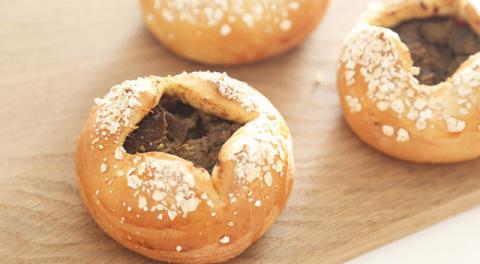
Curry Pan
Curry pan is a deep-fried bread bun stuffed with a curry filling. Curry originally came to Japan in the form of curry powder via the British Empire's Royal Navy in the 1860s. Recipes for Japanese dishes such as curry-rice soon followed, bearing little resemblance to spicy curries found in other Asian countries, instead adopting a mild, sweet flavor unique to the Japanese dish. More and more inventive uses of curry developed, including meal combinations such as curry udon, curry soba and curry ramen. Curry pan can usually be found in bakeries and convenience stores around the country and can be easily spotted by its distinctive, crispy-looking bread-crumb coating.
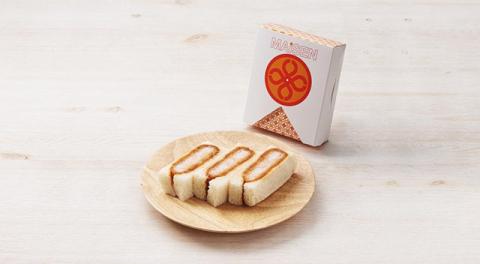
Katsu Sando
Katsu sando refers to a breaded pork cutlet – tonkatsu – sandwiched between two slices of white bread. As with many dishes in Japan, the western idea of sandwiches has been adapted and developed to suit the country's taste and food traditions. The very first katsu sando is believed to have been created in the 1930s in Ueno, Tokyo, where it was developed as a quick snack for geisha working in the nearby area. These hearty sandwiches can often be found in Japanese bakeries and convenience stores. One famous spot to try katsu sando in Tokyo is at Tonkatsu Maisen, operating since 1965. Their flagship shop in stylish Aoyama serves freshly made, crispy katsu in bathhouse-converted retro interiors, or offers carefully boxed sandwich sets 'to go'.
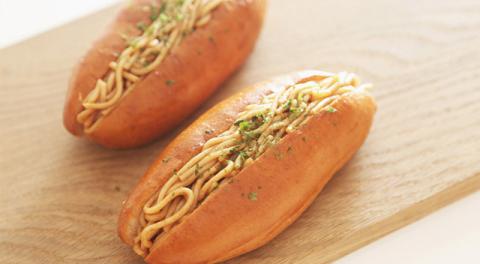
Yakisoba Pan
Yakisoba pan is a soft, white hot dog-style bun filled with fried soba noodles and often topped with ginger, mayonnaise and nori – seaweed. Though often a surprising sight at first for overseas visitors, yakisoba pan is a much-loved snack in Japan and these soft buns, served at room temperature, are a staple in Japanese convenience stores. The first yakisoba pan is believed to date back to 1950s Tokyo, when a customer requested the staff to put their orders of yakisoba and koppepan (bread rolls) together to save trouble, sparking a boom in popularity for this unlikely combination.
Credit
Story and images provided by JAPAN HOUSE London

